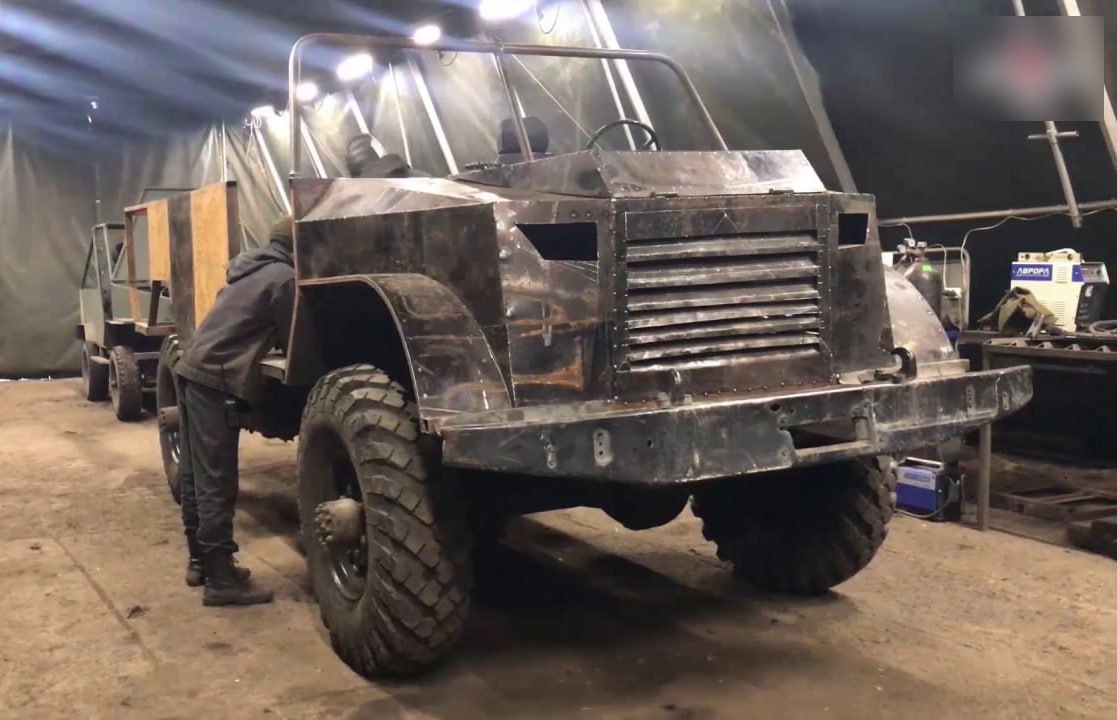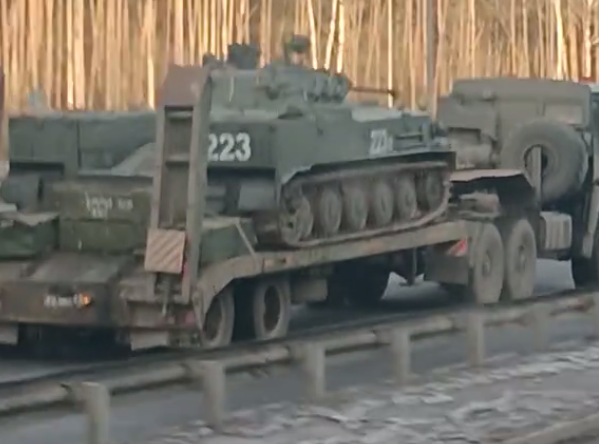During the fighting in the Kursk region, Russian forces took an unusual step by submerging two of their BTR-D vehicles to create pedestrian crossings over small rivers in the area. To facilitate the passage of their infantry, the Russians placed wooden pallets on these armored vehicles, resulting in a rather surreal construction.
Relevant photos have already spread across social media, and at first glance, it is astonishing how irrationally the Russians have utilized their armored vehicles, which are always considered "as precious as gold".
sir, a second BTR-D bridgelayer has just dropped https://t.co/vKKSz2HnSD pic.twitter.com/l5yTHq7g0c— imi (m) (@moklasen) January 16, 2025
For instance, referring back to the famous phrase "baba yeshcho narozhayut," the initial essence was that Russian military leaders tend to conserve their equipment, as it is a scarce resource, unlike manpower.
When discussing specific figures, according to The Military Balance 2024, by the beginning of last year, the airborne troops of the Russian army had 550 BTR-D units at their disposal.
These Soviet-made armored vehicles can swim across water obstacles at a speed of 10 km/h, so they can be used in their standard mode for crossing rivers. However, if we consider broken vehicles that the Russian forces might have intentionally used as a "base" for crossings, it still appears irrational, as non-functional armored vehicles could theoretically be disassembled for parts to repair functioning equipment.

Of course, the reality could be much more mundane – Russian paratroopers may have attempted to wade through those rivers in their BTR-Ds, got stuck, and instead of extracting them, the Russians opted to leave them as is and set up pedestrian crossings.
If this assumption is correct, it still gives the impression that the Russians do not consider the rationality of using their armored vehicles during assault operations against the Armed Forces of Ukraine. As a result, they are forced to produce assault vehicles even based on the GAZ-66.
Previously, Defense Express also reported that the Russians had unsealed BMD-3s from storage a year ago, of which there were fewer than 150 units, but they have not yet been deployed in battle.
